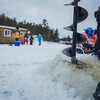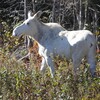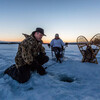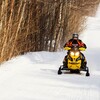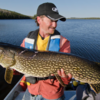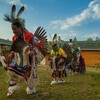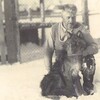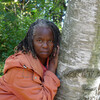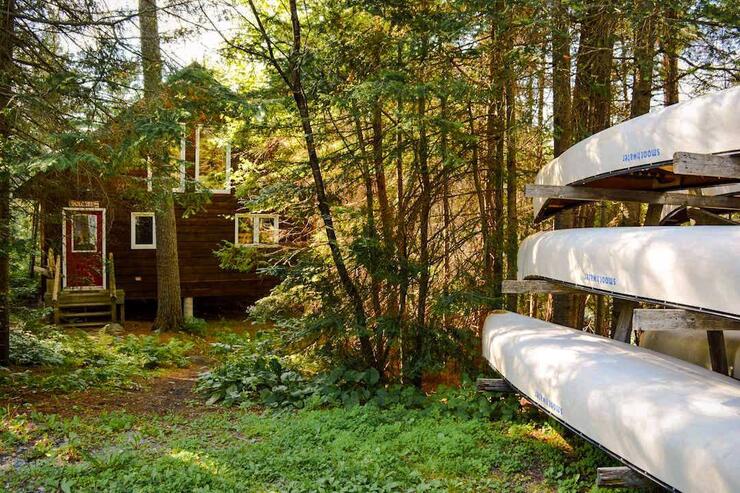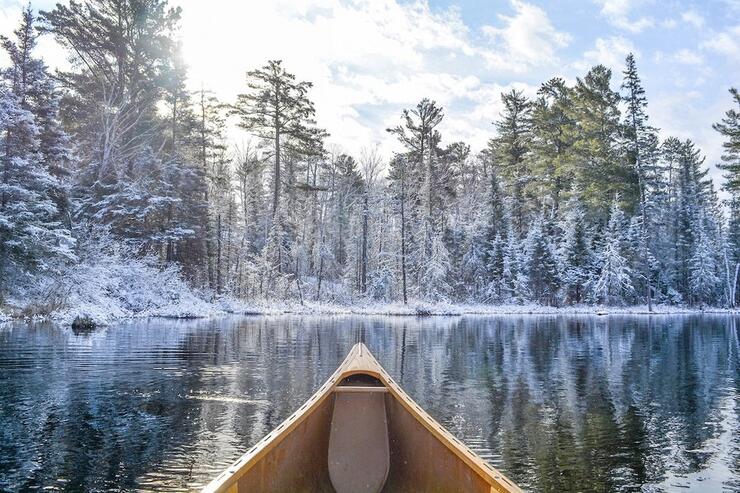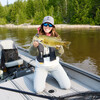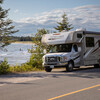
Canoeing in Temagami: Following the Routes of the Black Fur Traders in Northeastern Ontario
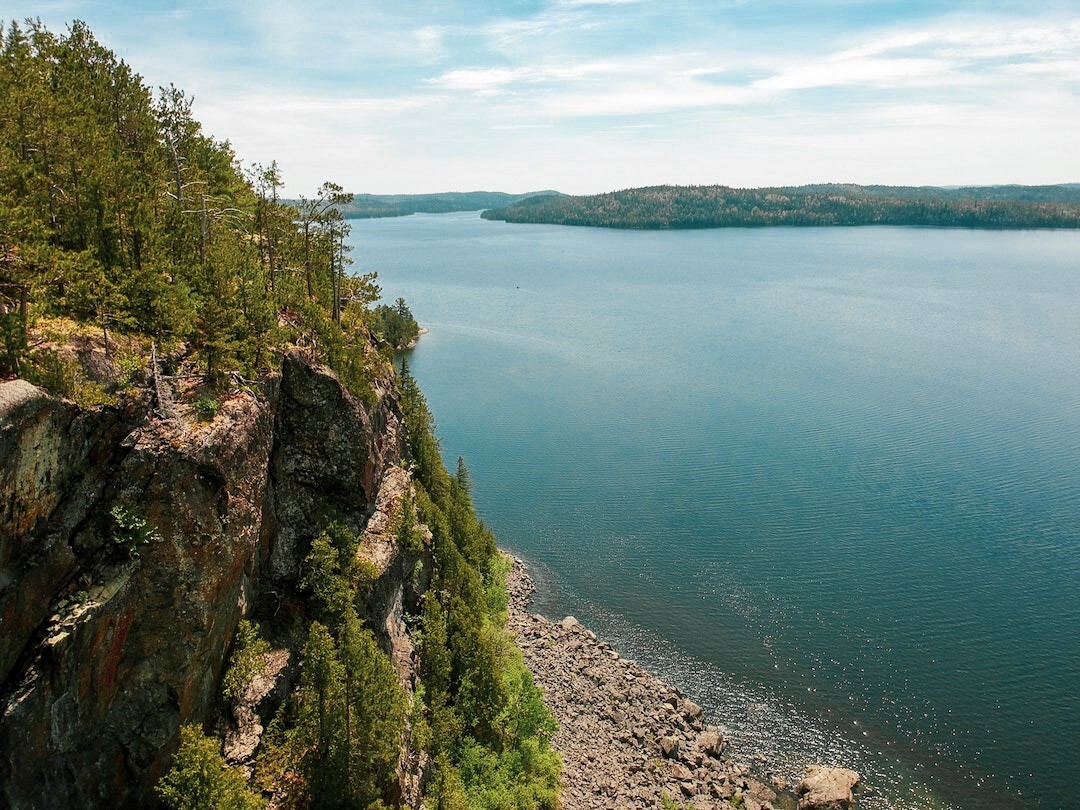
"See that bare patch down there?" the pilot shouted as we flew over the Northern Ontario bush. "That was due to a forest fire." We strained to hear him over the drone of the engine and the crackling of the propeller.
The little six-seater Lakeland Airways float plane landed on the lake near Temagami Island. My mouth dropped when the pilot used a canoe paddle to scull the plane to the shore, and then tied it to a tree. I had never seen a plane manoeuvred like that.
The flight was part of an amazing weekend trip to Smoothwater Outfitters & Lodge in Temagami. It was the last chance to hike and canoe before the winter.
Temagami Island is famous for its old growth pine forest. We hiked through the area marvelling at nature's skyscrapers. Most of these white pines were 300 years old, about 50 metres high and about a metre wide.
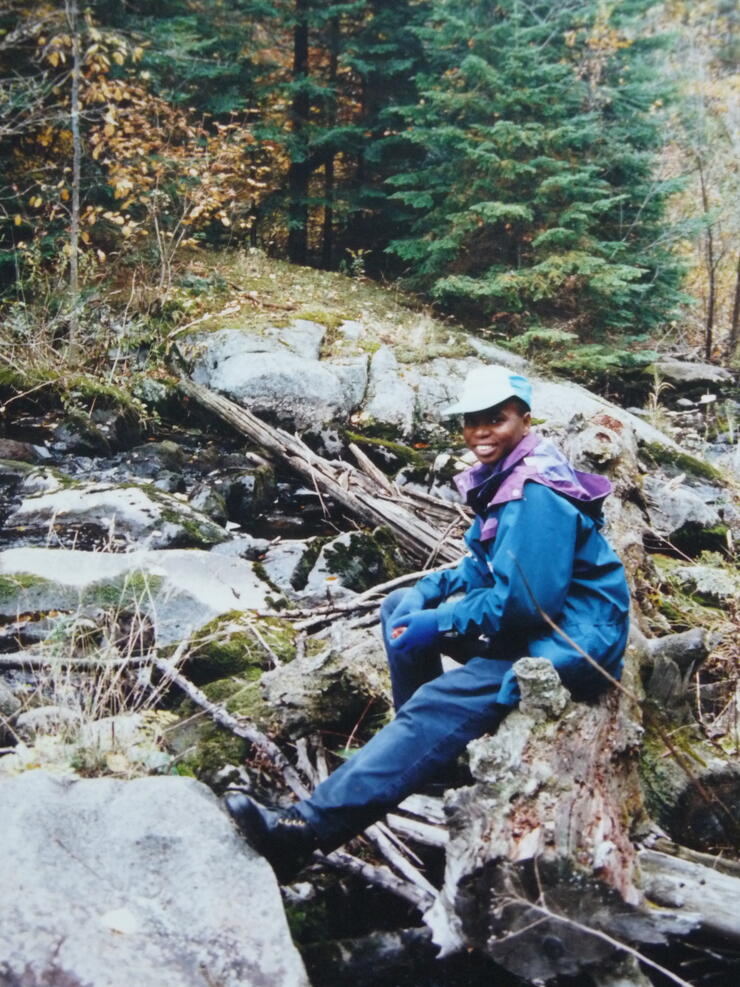
The forest floor was a richly patterned carpet of fallen autumn leaves. The long brown needles of the jack pine dominated the pattern. The maroon leaves of the sugar maple, and the yellow leaves of the birch and aspen trees added flecks of warm colours.
The next day we canoed along the icy shores of James Lake. We practised the J-stroke for steering the canoe in a straight line. We learned how to use a combination of the pry and draw strokes to pivot the canoe. The sweep stroke is used to change directions. Ice ringed parts of the shoreline. It was so thick that we could not break through, even when bashing it with a paddle.
In the summer one can explore 2,560km of canoe routes in the Temagami region. This is more than twice the size of Algonquin Provincial Park. Some paddling routes are on sleepy flat-water with few portages. Others are along foaming white-water. Temagami is also famous for wildlife. On our trip we saw deer and bear trails, beavers near their dams, and lots of birds including blue jays, loons and herons.
The end of the canoe season does not mean the end of adventure at Smoothwater. "Come back in the winter," said Lena, a staff member at the lodge. "It’s best time to really enjoy here," she added. "There are no nasty biting bugs. You can skate right across the frozen lake. Or if you like, you can also go cross-country skiing." Some of the ski trails are groomed, she told us. On others you create your own path as you glide alongside the trees delicately frosted with snow.
"Listen!" Lena continued. "Do you hear the dogs? We hire out teams of huskies. In the winter you can go dog-sledging."
My canoe trip to Temagami was some two decades ago. Still, I remember it as if was last year. I want to go back to see how my canoe skills have improved and to explore the Black history of northern Ontario.
Temagami was just one stop on the fur trade route. For centuries voyageurs paddled their canoes from Montreal to Lake Superior to trade furs, goods, and stories. Among them was George Bonga, a Black and Indigenous man. He is sometimes referred to as Afro-Ojibwe or Black Ojibwe.
George Bonga lived in Duluth, Minnesota just across the border from Thunder Bay, Ontario. His father was descended from slaves, and his mother was Ojibwe. His parents were successful fur traders. His father worked with the North West Company which eventually merged with the Hudson Bay Company, the iconic retailer of all things Canadian.
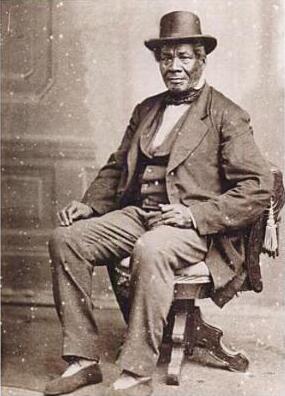
George Bonga, sucessful businessman, translator, and fur trader
They sent George Bonga to school in Montreal to learn French. This was vital as Montreal was the centre of the fur industry. George Bonga was fluent in Ojibwe, English and French. He became a successful fur trader, interpreter and diplomat. He worked with the American Fur Company. George Bonga signed two treaties on behalf of the Ojibwe with the USA government in 1820 and 1867.
The voyageurs left Montreal in the spring and paddled their way across thousands of miles of lake and rivers. They followed the Ottawa and Mattawa Rivers to North Bay and Lake Nipissing, and then the French River to Lake Superior. At the annual Great Rendezvous, at Fort William in Thunder Bay, the voyageurs traded goods for furs with Indigenous people. Then it was paddle back to Montreal. The round trip took three to four months. George Bonga knew the route well as he paddled along it many times. He was not the only Black fur trader in Canada but he was perhaps the best known.
My passion is outdoor recreation and Black history. A canoe trip, following the paddle strokes of George Bonga combines both. I have added it to my Canadian bucket list.
For tips on planning your own Temagami canoe adventure, start here.
Recommended Articles
The Seven's Best Hikes, Biking Trails and Lakes

7 Best Spots to Check Out in The Seven

Budget Bliss: Explore Northeastern Ontario Without Breaking the Bank

Bring Your Fam!

Time to Unwind: 6 Spa Havens to Discover In The Seven
5 Amazing Places to SUP in Northeastern Ontario

5 Amazing Bike Rides to Discover

Northern Lights in Northeastern Ontario

Northeastern Ontario's Best Pride Festivals

Fish for one of the World's Rarest Species of Trout

An Insider's Guide to Manitoulin Island

6 Small-Town Gems to Explore in Northeastern Ontario

11 Best Things to Do in Kapuskasing, Ontario



